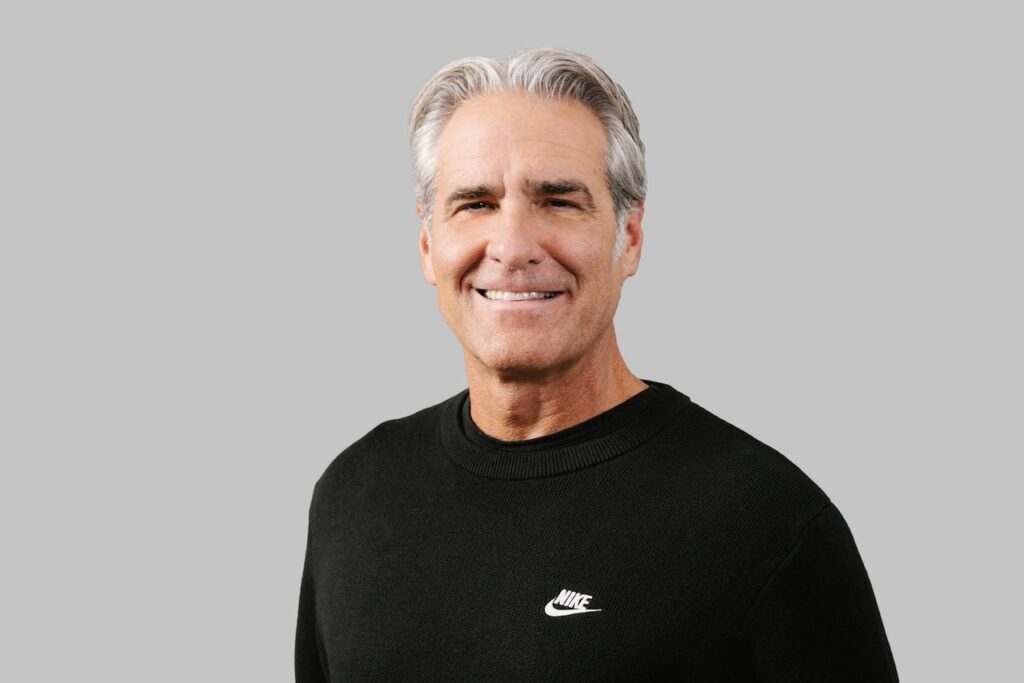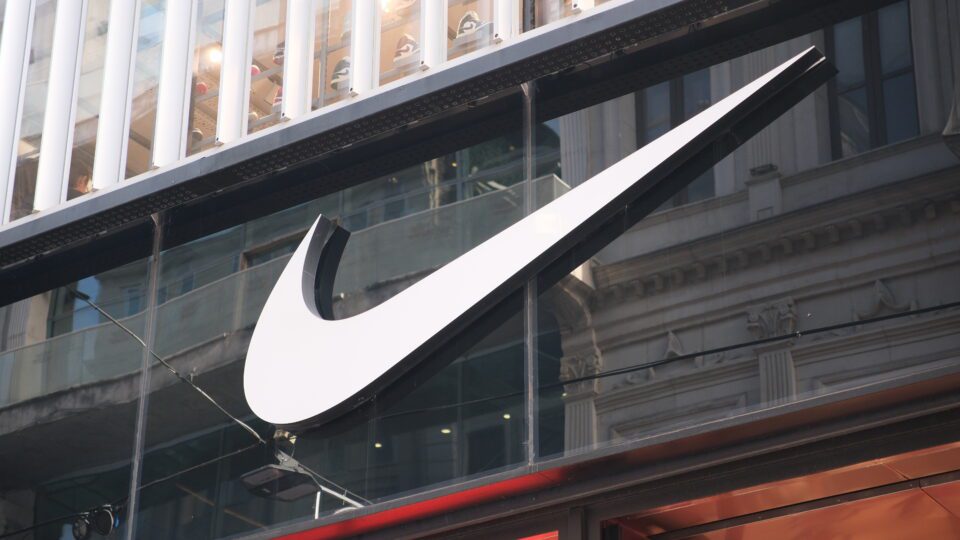This article first appeared in our sister publication Shop Eat Surf Outdoor (SESO)
Nike is continuing to reengage with the wholesale channel and add even more points of distribution as it works to turn around its business after previous CEO John Donahoe’s failed strategies, which included cutting many retail partners around the world in favor of a DTC-centric business model.
That, in addition to other decisions such as a focus on lifestyle product over performance product, has led to several years of difficult results for Nike, a company that has traditionally performed well no matter the larger economic environment.
On Thursday, the company reported revenue declines for the full year ended May 31 in every channel, region and brand. “The results we’re reporting today in Q4 and in FY25 are not up to the Nike standard,” new CEO Elliott Hill, a Nike veteran, said on a conference call with analysts.
Renewed Focus on Wholesale

Hill emphasized on the earnings call that improving and expanding sales in the wholesale channel is a key Nike initiative under his watch.
“I’m personally meeting with our partners to reaffirm that we’re prioritizing and investing in their businesses,” he told analysts on the call. “We’re also strategically adding more points of distribution to be in the path of a wider range of consumers.”
To support the new wholesale push, Nike is in the process of hiring retail marketing, visual merchandising and account management employees with the goal of having elevated presentations, better consumer connections and increased sell-throughs.
Some examples of expanded wholesale distribution include a Gen Z-targeted experience at Urban Outfitters and opening 200 new women’s-focused doors, including the Aritzia chain.
Nike is focused on working with accounts both big and small and across a wide range of price points. For example, the company recently hosted 30 specialty running accounts from around the world at its campus to showcase new innovations in Nike running collections.
Nike also recently announced a new partnership with Amazon that launches this fall and includes footwear, apparel and accessories.
“The Nike integrated marketplace is beginning to take shape,” Hill said. “Along with the Nike Direct, these partners will play an important role in serving a wider range of consumers.
“This is Nike at its best,” he added. “Leveraging our portfolio of brands and sport-led product offerings across multiple channels and up and down price points.”
Other Nike Changes
Now Hill said he is refocusing Nike on what it does best. “We are a sport and a growth company and…we will put the athletes at the center of everything that we do and every decision that we make,” Hill said he told employees when he became CEO eight months ago.
He implemented a “win now” strategy that focuses on culture, products, marketing, marketplace and ground game, and aggressively right-sized the supply of Air Force Ones, Dunks and Air Jordans, which had been overexposed and oversupplied in the marketplace. The team is also working on returning Nike’s digital business to a more full-price model, which is making wholesale partners happy and building brand equity. Hill also changed 11 of his 15 direct reports.
Under the previous regime, Nike had focused too much on lifestyle franchises, and new launches of performance products had dwindled. Now, Nike is investing heavily in key sports moments and key product launches “to win back our brand voice,” Hill said.
“That energy has ignited Nike performance products with consumers, which is helping us to better balance our portfolio,” Hill added. “Reclaiming our voice has turned out to be the jumpstart we needed for our team culture, too. I see the fight in our teams, we believe and we’re competing.”
$1 Billion in Tariff Impacts Prompt Price Increases
Nike has a diversified supply chain, with longtime manufacturing partners in different parts of the world. About 16% of Nike’s footwear imports into the United States come from China, which remains important to Nike’s global manufacturing footprint, CFO Matthew Friend said. Going forward, Nike will reduce its China manufacturing exposure to the high single-digit range.
While Nike, in concert with its manufacturing and retail partners, will absorb some of the increased costs from tariffs, the company is implementing price hikes in the U.S., starting in the fall of 2025.
It will also look at reducing corporate costs.
Nike estimates that the tariffs in effect today will cost the company an additional $1 billion.
Nike Full-Year Financial Results
Full-year sales totaled $46.3 billion, a 9% decline in constant currency.
Wholesale revenue totaled $25.9 billion, a 6% drop in constant currency.
Nike DTC sales (stores plus online) totaled $18.8 billion, a 12% decline in constant currency.
Geographically, North America revenue fell 8% in constant currency; EMEA revenue dropped 10%; Asia Pacific/Latin America declined 3%; and Greater China fell 12%.
Nike brand revenue totaled $44.7 billion, a 9% decrease in constant currency for the year.
Converse revenue totaled $1.7 billion, an 18% drop.
Net income for the full year fell 44% to $3.2 billion.
Glimmers of Hope
Nike executives cited a few examples of positive momentum in the company’s business including:
- An increase in wholesale orders for holiday 2025;
- A high-single digit increase in the running category, which saw several new performance products resonating; and
- A full pipeline of new product innovation on the way and plans for increased marketing.
“From here, we expect our business results to improve,” Hill said. “It’s time to turn the page.”















